the ultimate guide to how do reverse mortgages really work

Satisfactory credit – All real estate and installation debt payments should have been made on time in the last 12 months; there are no more than two 30-day late home loan or installment payments in the previous 24 months, and there is no major bad credit on revolving accounts in the last 12 months.
If no extenuating circumstances can be recorded, the borrower might not qualify at all or the lender might need a big amount of the principal limitation (if offered) to be taken into a Life Span Set Aside (LESA) for the payment of residential or commercial property charges (property taxes, property owners insurance coverage, and so on).
The fixed-rate program comes with the security of a rate of interest that does not change for the life of the reverse home loan, but the interest rate is typically greater at the start of the loan than a similar adjustable-rate HECM. Adjustable-rate reverse home loans generally have interest rates that can alter on a regular monthly or yearly basis within particular limitations.
The initial rates of interest, or IIR, is the real note rate at which interest accumulates on the impressive loan balance on an Homepage annual basis. For fixed-rate reverse home mortgages, the IIR can never ever alter. For adjustable-rate reverse home loans, the IIR can change with program limitations approximately a life time rates of interest cap.
The EIR is often various from the actual note rate, or IIR. The EIR does not identify the amount of interest that accumulates on the loan balance (the IIR does that). The overall pool of cash that a debtor can receive from a HECM reverse mortgage is called the principal limitation (PL), which is computed based on the maximum claim quantity (MCA), the age of the youngest debtor, the expected rates of interest (EIR), and a table to PL aspects released by HUD.
Not known Details About How To Look Up Mortgages On A Property
Most PLs are generally in the variety of 50% to 60% of the MCA, but they can sometimes be higher or lower. The table listed below gives examples of primary limitations for numerous ages and EIRs and a home worth of $250,000. Borrower's age at origination Anticipated rate of interest (EIR) Principal limitation aspect (as of Aug.

5% 0. 478 $119,500 65 7. 0% 0. 332 $83,000 75 5. 5% 0. 553 $138,250 75 7. 0% 0. 410 $102,500 85 5. 5% 0. 644 $161,000 85 7. 0% 0. 513 $128,250 The primary limit tends to increase with age and reduce as the EIR rises. Simply put, older debtors tend to receive more cash than younger debtors, however the total quantity of cash readily available under the HECM program tends to decrease for any ages as rate of interest increase.
Any extra profits available can be distributed to the debtor in a number of ways, which will be detailed next. The money from a reverse home mortgage can be distributed in 4 ways, based on the borrower's monetary needs and goals: Lump amount in cash at settlement Regular monthly payment (loan advance) for a set variety of years (term) or life (tenure) Credit line (similar to a home equity credit line) Some combination of the above Note that the adjustable-rate HECM provides all of the above payment alternatives, but the fixed-rate HECM only provides swelling amount.
This implies that borrowers who choose a HECM line of credit can possibly get access to more money gradually than what they initially qualified for at origination. The line of credit growth rate is figured out by adding 1. 25% to the preliminary rate of interest (IIR), which means the line of credit will grow faster if the interest rate on the loan increases.
Due to the fact that numerous borrowers were taking full draw swelling amounts (often at the motivation of lenders) at closing and burning through the cash rapidly, HUD looked for to protect customers and the viability of the HECM program by limiting the quantity of Get more information profits that can be accessed within the first 12 months of the loan.

The Basic Principles Of What Is A Gift Letter For Mortgages
Any remaining available proceeds can be accessed after 12 months. If the overall obligatory obligations exceed 60% of the primary limit, then the customer can draw an additional 10% of the primary limit if available. The Real Estate and Economic Healing Act of 2008 provided HECM debtors with the chance to acquire a new primary home with HECM loan continues the so-called HECM for Purchase program, effective January 2009.
The program was developed to enable the elderly to purchase a new principal residence and acquire a reverse mortgage within a single deal by removing the need for a 2nd closing. Texas was the last state to allow for reverse home loans for purchase. Reverse home loans are regularly criticized over the problem of closing expenses, which can in some cases be expensive.
Considering the limitations enforced upon HECM loans, they are comparable to their "Forward" contemporaries in overall expenses. which of the following statements is true regarding home mortgages?. The following are the most normal closing costs paid at closing to obtain a reverse home mortgage: Therapy fee: The initial step to get a reverse home mortgage is to go through a counseling session with a HUD-approved counselor.
Origination charge: This is charged by the lending institution to organize the reverse mortgage. Origination costs can differ widely from lending institution to lending institution and can range from absolutely nothing to a maximum of $6,000. Third-party costs: These fees are for third-party services worked with to finish the reverse home mortgage, such as appraisal, title insurance, escrow, government recording, tax stamps (where suitable), credit reports, etc.
The IMIP secures loan marriott timeshare hawaii providers by making them whole if the house sells at the time of loan repayment for less than what is owed on the reverse home mortgage. This secures debtors also since it implies they will never ever owe more than their home deserves. As of 1/2019, the IMIP is now 2% of the max claim amount (Either the assessed value of the house up to an optimum of $726,535) The yearly MIP (mortgage insurance coverage premium) is.
Getting The What Is The Harp Program For Mortgages To Work
The large bulk of closing expenses normally can be rolled into the new loan amount (except when it comes to HECM for purchase, where they're consisted of in the down payment), so they do not require to be paid out of pocket by the customer. The only exceptions to this rule may be the counseling cost, appraisal, and any repairs that may require to be done to the house to make it fully certified with the FHA standards prior to completing the reverse home loan.
These documents can be utilized to compare loan offers from different lending institutions. There are 2 continuous expenses that might use to a reverse home loan: yearly home mortgage insurance coverage and servicing charges. The IMIP,( on time Initial Home loan Insurance coverage Premium) of 2% of the evaluated value is charged at closing. The IMIP is the largest expense connected with an FHA HECM or Reverse Home Loan.
The yearly home mortgage insurance coverage is charged by FHA to guarantee the loan and accumulates annually at a rate of. 50% of the loan balance. Yearly home mortgage insurance coverage does not require to be paid of pocket by the debtor; it can be enabled to accrue onto the loan balance in time.
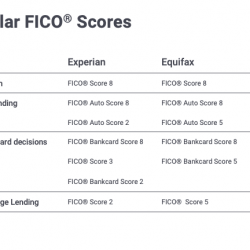
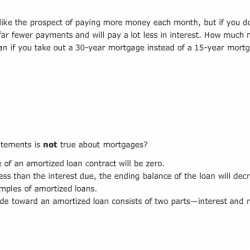

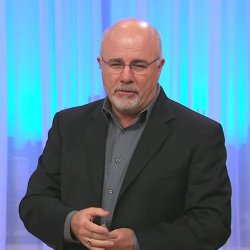
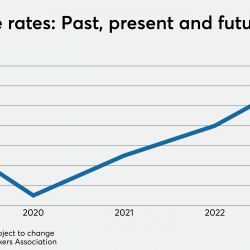
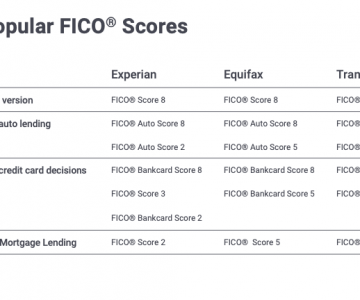
Ingen kommentarer endnu